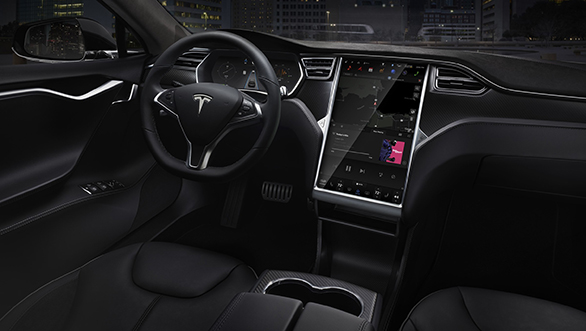Electric cars are becoming increasingly popular as more people are looking for eco-friendly and sustainable transportation options. One important aspect of electric cars is the air conditioning system, which plays a crucial role in providing comfort to the occupants while also being energy efficient. In this article, we will delve into the workings of the air conditioner in electric cars and how it differs from traditional combustion engine vehicles.

Credit: www.overdrive.in
The Basics of Air Conditioning in Electric Cars
Just like conventional cars, electric vehicles (EVs) are equipped with an air conditioning system to regulate the interior temperature and provide a comfortable driving experience regardless of the weather outside. However, there are some key differences in how the air conditioner operates in electric cars compared to traditional gas-powered vehicles.
Electric Car Air Conditioner Components
The air conditioning system in an electric car consists of several key components that work together to provide cooling and heating. These components include:
| Component | Function |
|---|---|
| Compressor | Responsible for circulating refrigerant through the system to facilitate heat exchange |
| Evaporator | Helps absorb heat from the car’s interior, cooling the air |
| Condenser | Facilitates the release of heat absorbed by the refrigerant to the outside environment |
| Refrigerant | The substance that flows through the system, absorbing and releasing heat to provide cooling |
| Electric Drive System | Provides power to drive the compressor, typically using the car’s main battery pack |
Energy Efficiency in Electric Car Air Conditioning
One of the main considerations in electric car design is energy efficiency, and this extends to the air conditioning system as well. Unlike traditional cars, where the air conditioner is usually powered by the engine, electric car air conditioners rely on the vehicle’s battery pack for power. This means that efficient use of energy is crucial to maximize driving range and overall performance.
Regenerative Cooling
Some electric cars utilize a feature called regenerative cooling, which helps improve the efficiency of the air conditioning system. With regenerative cooling, waste heat from the vehicle’s components, such as the electric motor and power electronics, is used to help cool the interior of the car. This reduces the load on the air conditioning system and contributes to overall energy savings.
Smart Climate Control
Many electric cars come equipped with smart climate control systems that utilize advanced algorithms and sensors to optimize the use of the air conditioner. These systems can take into account factors such as outside temperature, sunlight exposure, and the number of occupants to adjust the cooling or heating levels for maximum comfort with minimal energy consumption.
Battery Thermal Management
Efficient operation of the air conditioner is closely tied to the thermal management of the vehicle’s battery pack. Electric cars employ sophisticated thermal management systems to keep the battery at an optimal temperature range. These systems often integrate with the air conditioning system to leverage waste heat or cooling capacity to maintain the battery’s temperature, ensuring longevity and performance.
Conclusion
The air conditioning system in electric cars plays a crucial role in providing a comfortable and energy-efficient driving experience. With the integration of advanced technologies and a focus on energy efficiency, electric car air conditioners continue to evolve to meet the needs of eco-conscious consumers while maximizing the driving range and performance of electric vehicles.
As electric cars become more prevalent, advancements in air conditioning technology will continue to contribute to the overall appeal and practicality of electric transportation.

